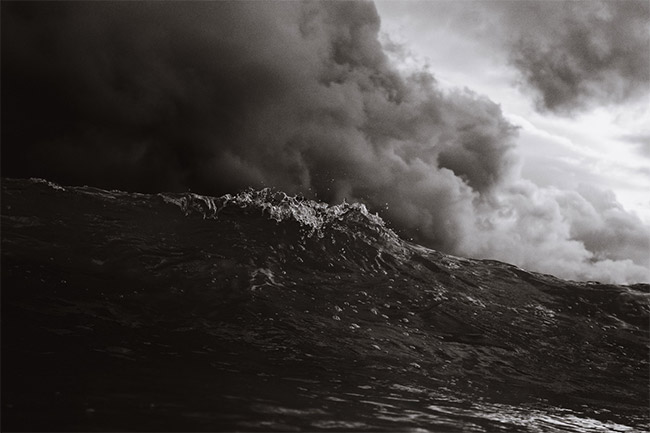This article explores Marmaduke’s reaction to the Great Flood, God’s decision to send a flood, and the role of Titlachahuan, who was the leader of the nota tribe. This article also explores the story of the Great Flood, as well as Titlachahuan’s warning to Nota.
[lwptoc]Marmaduke’s reaction to the idea of a Great Flood
Marmaduke’s repulsion toward the notion of a Great Flood was born of his father’s love for fine art. The son of a cross-keys, he loved all things fine. So his reaction to the idea of a Great Flood was a curious one. In the first place, he was appalled that anyone would want to create a disaster. Second, he could never imagine a world where he would be unable to live.
God’s decision to send a flood
In the Old Testament, the flood is a symbol of God’s judgment. The flood was coming while people were drinking, eating, and marrying. God finally took the blame and sent a flood to wipe them all out. The flood, however, was also a sign of God’s mercy. God had promised to punish mankind for sin, and he did so in a way that would scare people into repentance.
Titlachahuan’s warning to Nota
In the Aztec myth, a god named Titlacauan warned the man named Note of an impending flood, and he sealed Nota and his wife Nena in a cypress tree to survive the upcoming deluge. This god also told Nota to only eat one ear of maize before the flood-hit. As the floodwaters rose, Titlacauan feared that humans would become fish and dogs. This is why he sealed the women and children in a cypress tree with a water-proof covering.
Jehosophat’s ship was damaged by a storm
The Flood swept across the land, knocking down Jehosophat’s ship and killing all the crew, including Marmaduke. Jehosophat escaped, but the ship had been damaged by a storm. He had to rely on a rope tied to a tree. Marmaduke stayed aboard the ship and waited while Jehosophat went on an errand. Marmaduke wondered how the Toyman had known his identity and where he was going, as the Toyman had been following his every move since the Flood had destroyed his home.
Manu is a Hindu version of Noah
According to Hindu mythology, Manu, a descendant of Noah, was the first to repopulate the earth. Before the Flood, Manu was given instructions to gather two of every animal and plant and place them on the ark. The flood destroyed the earth, but Manu and his sons survived. The story of the flood is closely linked to the story of Noah, who repopulated the earth with the help of his sons.
The Nephilim are titanic children of angelic “sons of God” and human females
The Biblical account of the Nephilim describes them as being the children of an angelic man and a human woman. These people were said to be giants that were conceived from the union of human females and angelic “sons of God.” Although these men were demons and heavenly angels, they are also thought to have been ancient alien visitors.
The Ark is a microcosm of Solomon’s Temple
Solomon’s temple is built with great detail, and the Ark of the Covenant is no exception. The story begins with a procession of the ark containing the decalogue. As the ark made its way through the temple, God’s glory filled the sanctuary. The Ark was then worshipped and praised with prayers based on seven situations. Solomon then closed the ceremonies with a benediction. Afterwards, he offered myriads of sacrifices on the seven days of the temple’s dedication.

